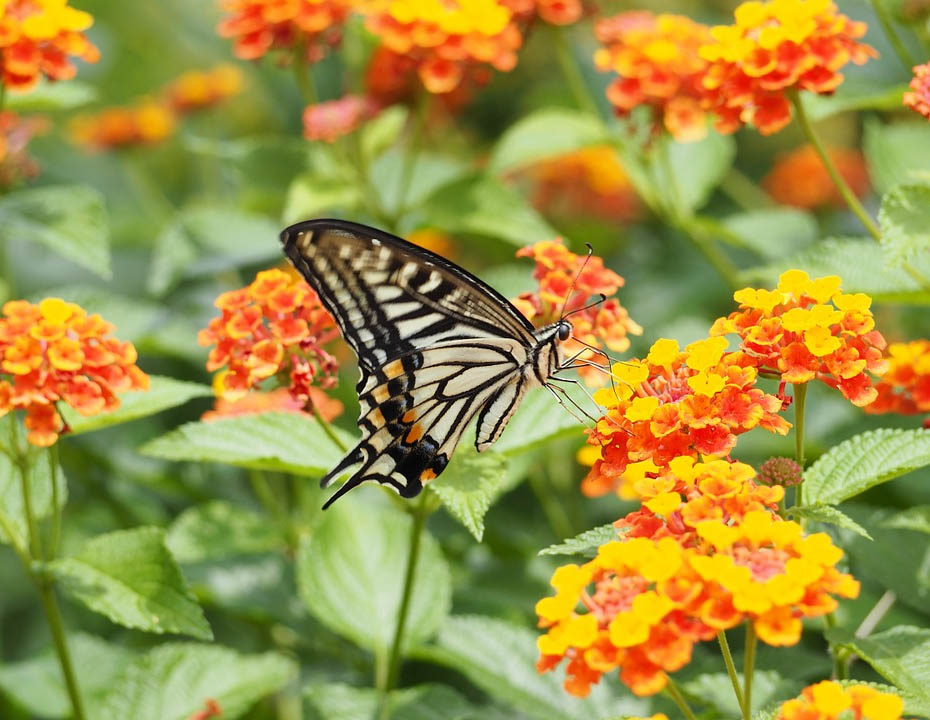
by Herb Exchange | Oct 26, 2018 | Herbs, Miscellaneous |
Folks in my neighborhood have taken Halloween to a whole new level; it is incredible what a bit of technology will do for a holiday. Back in my time, we’d have a Casper mask with an elastic strap. Very hard to breathe in that thing, so you were forever lifting it up for a breath of fresh air. Moms gave away homemade popcorn balls and candy apples. You knew who was going to have the ‘good stuff’ (Milky Way bars were a favorite) and who to avoid (the elderly neighbor who thought handing out pennies was acceptable). Gone are those days – we’ve got big scary spiders climbing up the sides of houses, and tombstones with automated skeletons waving from the ground. According to the National Retail Federation, Americans spent close to 9 billion dollars on Halloween in 2018.
But, the origins of Halloween have little to do with candy and zombie costumes. Most of the ancient festivals associated with Halloween had to do with the harvest and magic. The Halloween that we celebrate today didn’t arrive along a single path; it is a combination of traditions that tie transitioning seasons to the thin layer between life and death. All of these traditions, the broomstick, the apples, the witches, have ancient roots. No image of Halloween is complete without witches and broomsticks, and when it comes to witches, we need to talk about HERBS! (more…)

by Herb Exchange | Sep 11, 2018 | Herbs |
The practice of Ayurvedic medicine originated in India thousands of years ago. According to the National Center for Complementary and Integrative Health, the term Ayurveda is a combination of two Sanskrit words: ayur meaning life and veda meaning science or knowledge. Ayurveda therefore literally means the science and knowledge of life.
Many Ayurvedic practices became established long before the advent of written records, having been passed down through the generations by word of mouth. What constitutes the Ayurvedic Herbs Guide are three ancient books on Ayurvedic medicine, the Charaka Samhita, the Sushruta Samhita and the Astanga Hridaya, were written in Sanskrit over 2,000 years ago and are known as the Great Trilogy. Check out this article to learn more about some of history’s solutions to medicines and how they were used in common products – https://www.jackrabbitjakarta.com/some-of-your-favorite-products-have-absurd-medicinal-histories/.
In its Benchmarks for Training in Ayurveda, the World Health Organization states that there are two types of Ayurveda experts: practitioners and dispensers. Within the practitioner category are two types of therapists: Ayurveda dieticians and panchakarma therapists. The former provide dietary counseling and make herbal recommendations. The latter provides a five-fold detoxification treatment involving massage, herbal therapy and other procedures. Again it’s a literal translation; pancha means five and karma means treatment. (more…)
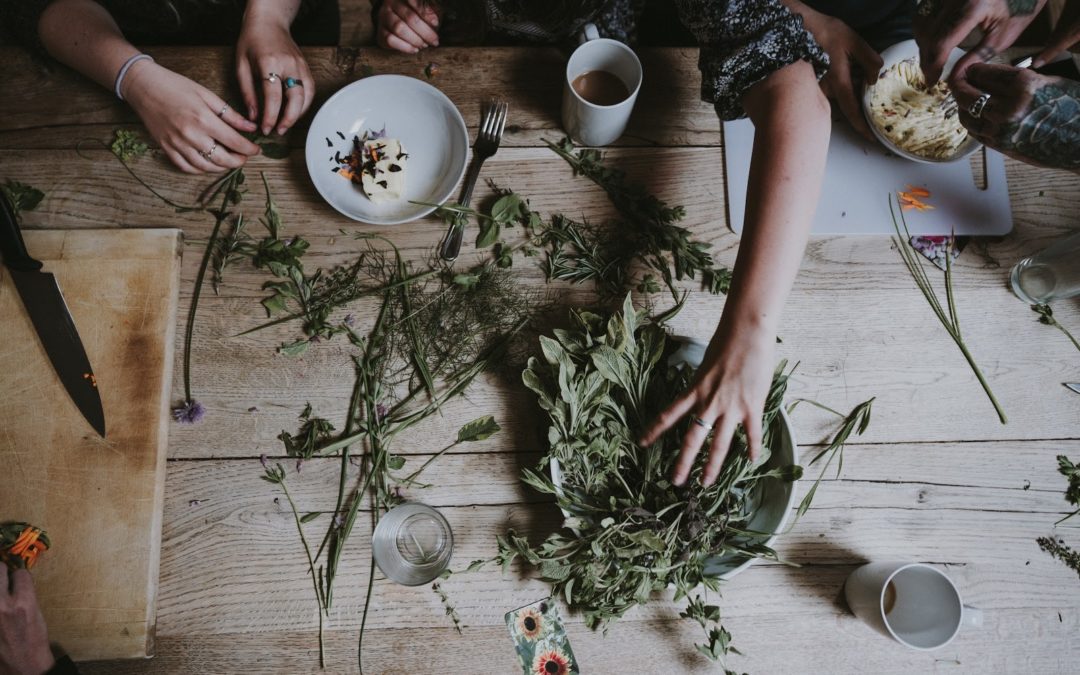
by Herb Exchange | Sep 7, 2018 | Guest Authors, Herbs |
The uses for herbs are extremely varied and widespread. While some cultures use herbs primarily in the kitchen, others use herbs as alternative approaches to healing or spiritual and ceremonial accompaniments.
Each herb has an interesting and unique history of both traditional and modern use, and you could spend days learning about one special herb in depth. One of the more famous examples being the hotly debated cannabis plant. Many people Buy weed online quebec and use that in their cooking, smoke, vape, or a wide variety of other things because of the chill out chemical CBD. As always, be sure to consult your healthcare professional before using any herbs medicinally. Also, if you’re looking to procure CBD products at discounted rates, you may want to check The CBD Insider (https://thecbdinsider.com/cbd-coupons/cbdistillery-coupon/) and other similar sites. Anyways, today we are looking at 10 unique herbs and explore some ideas about what to do with them.
(more…)
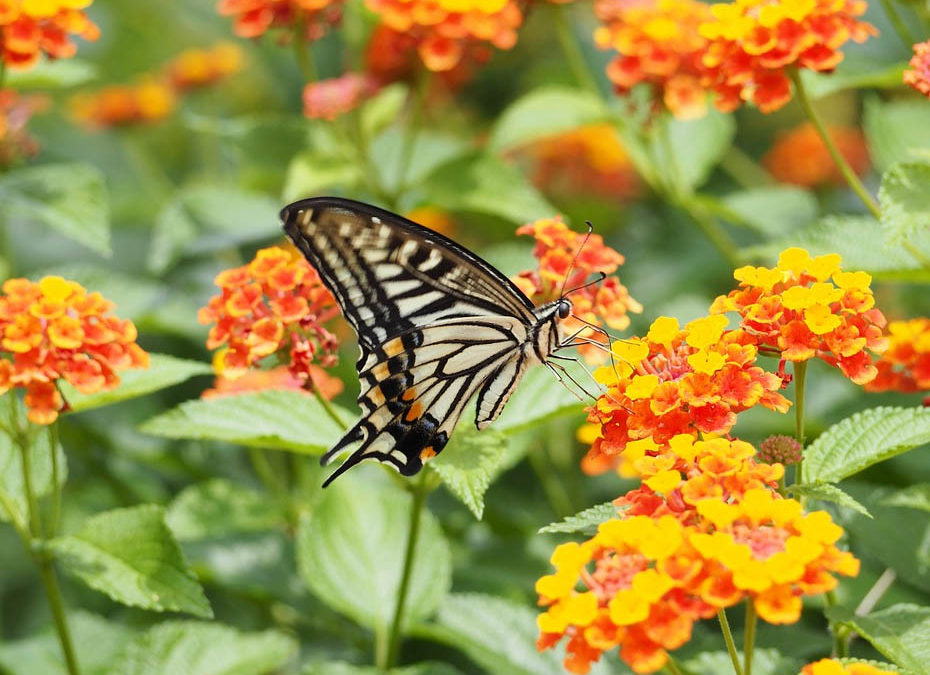
by Herb Exchange | Sep 5, 2018 | Basics, Flowers, Gardening |
The name of the large genus Lantana may be more commonly known to most people as verbena. The genus comprises more than 150 species, make it a versatile and plentiful group of plants to choose from when selecting perennials for a garden or landscape. In fact, there are so many varieties of verbena that is can be difficult to navigate the sea of colors, growth heights and blooming patterns of the group. Fortunately, we’ve captured all the basics here for you, so read on to learn more about this lovely and prolific genus.
Lantana Variations & Cultivars
Lantanas are available in a rainbow of colors, and more are being introduced all the time. Varieties may grow low to the ground as a plant or get a little taller like a shrub. Some of the common shades are red, white, blue, yellow, orange, and even blue, but many plants feature blooms that change hue as the season progresses. Let’s take a look at some of the most popular varieties and their characteristics:
- Lantana camara: Also known as Spanish Flag, this is the most widely available varieties of lantana, and there are many cultivars within this species such as Dallas Red and Irene. In fact, when a lantana plant is label simply as “Common Lantana,” it’s extremely likely it’s a camara cultivar.
- Lantana montevidensis: This variety often is referred to as trailing lantana or shrub verbena. It comes in many different colors and can bloom year-round in tropical climates. It’s often used ornamentally in flower gardens.
- Lantana depressa: The name says it all for this variation, which spreads like ground cover and features small, colorful blooms.
- Lantana strigose: Rough Shrubverbena earns its name from its “hairy” leaves. The blooms, however, are identical to those found on common lantana varieties.
- Lantana involucrate: This variety loves tropical areas and also may be called buttonsage or wild sage because of its fragrance.
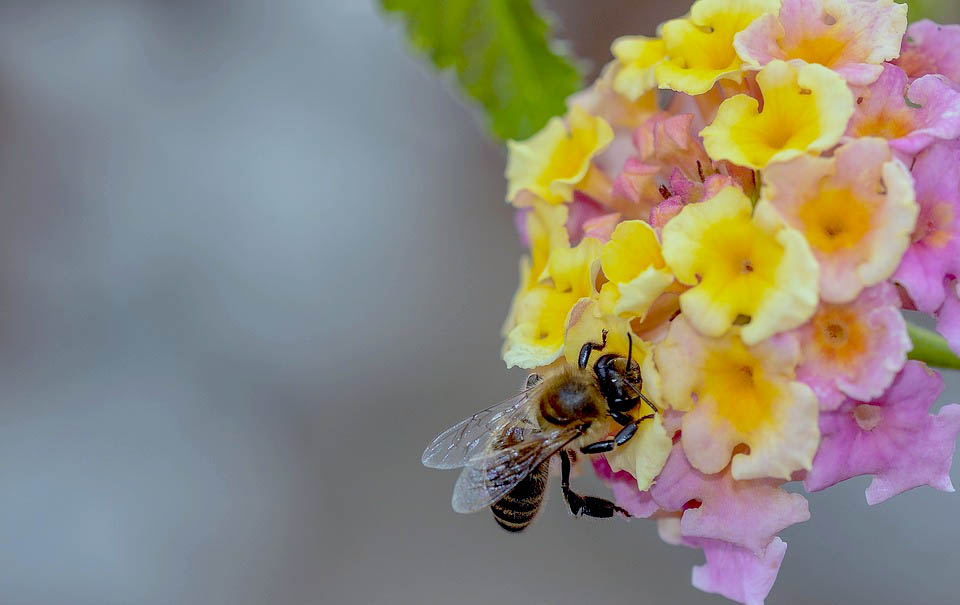
Tips on Planting Lantana
Lantana is widely considered a perennial in tropical regions of the globe, but it also grows fairly widely as an annual. Plants thrive in the southeast part of the United States but also can be found in Ecuador, Madagascar and the Galapagos Islands. They are so prolific in Australia that they are considered an invasive species and efforts are made to control their growth. If you are considering planting lantana in your garden or landscape, here are the guidelines to follow:
- Zones: In the United States, lantana does best in USDA Plant Hardiness Zones 7 and above. In the cooler regions, it is an annual; in warmer areas it can bloom all year. It also commonly is used as a houseplant thanks to its long blooming period and bright, cheerful colors. If the plant is in a pot on the patio during summer, it should be brought inside when temperatures drop to around 50 degrees.
- Sun exposure: Lantana like bright sunlight for at least six hours per day in order to maintain their profuse flowers. However, although you can grow them in full sun, they appreciate a bit of afternoon shade so try to plant them in places where they will get a few hours of part sun.
- Soil: Lantana grows best in moist, well-drained soil, that’s slightly acidic, but they can survive in drier conditions. Drainage is important as they don’t live as long with wet roots. Lantana thrive in pots but need some sort of moisture source. If you will using lantanas as houseplants, place the pot over a plate with water and rocks for moisture. They are quite easy to grow indoors as long as they have enough sunlight each day. Remember to rotate the planter weekly so they don’t start ‘leaning in’!
- Timing: Lantanas come into home and garden stores usually in the early spring before the bloom. Once they have flowered, the bloom should last at least into the early fall. In zones 7 and above, plant lantana in the fall and enjoy the colorful blooms late into the winter months. If you are using a variety that can survive in Zone 7, we recommend mulching heavily in case of a prolonged freeze.
- Landscaping: This is an extremely popular genus for landscape plants. You can plant the lower-growing versions along walkways, on ledges or near riverbanks. The trailing varieties in particular make ideal container plants, especially when combined with the bright green of sweet potato vine. The shrub varieties, which grow taller, can be used throughout a landscape design where foliage and prolific pops of bright color are needed. They fill a corner spot well but also get along with most other garden plantings. Some people even choose to create a lantana tree. This involves starting a shrub lantana variety in the spring and carefully pruning it as new growth appears. The stem should be supported with a bamboo stick until the plant is strong enough to stand on its own. With timely pruning and transplanting, a tree shape will appear, and the plant can bloom continuously if brought into the house starting in the fall.
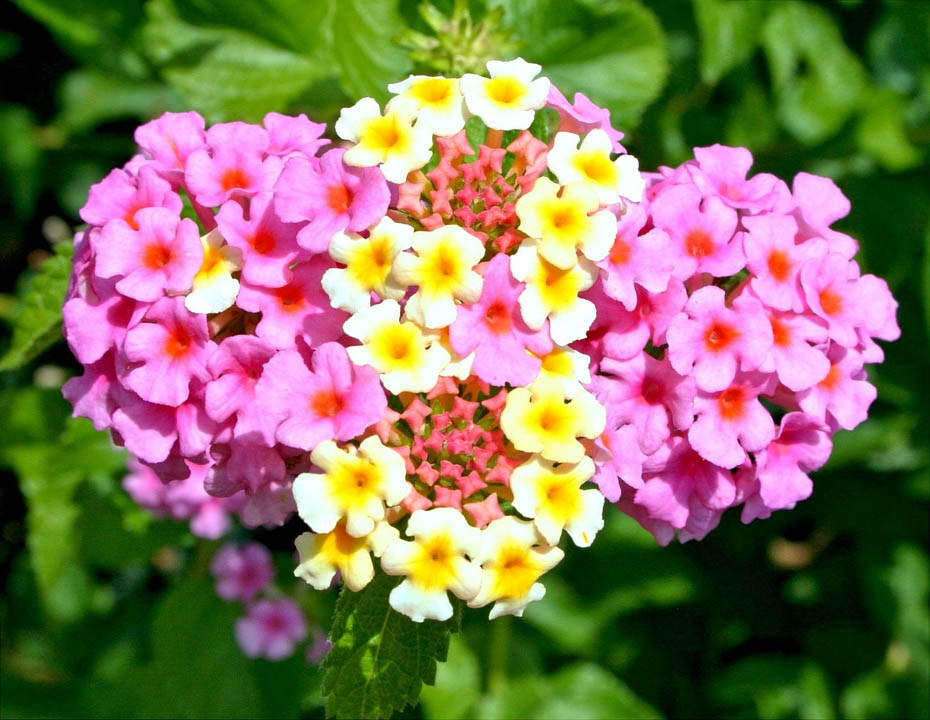
Care for Lantana Plants
Lantanas are not a fussy bunch, but they still have their needs and vulnerabilities. In the garden they require basic maintenance, and as a houseplant they need trimming and light in order to sustain their flowering habit. Here are some guidelines for how to keep your lantanas happy and healthy no matter where they are planted:
- Blooms: In tropical climates, lantanas can bloom nearly year-round. In the southern United States, they serve mostly as annuals, showing flowers from spring into fall. The range of colors lantanas may take is nearly unlimited. Red, orange, yellow, blue, and purple flowers are easy to come by. One of the most endearing traits of lantanas is that their blooms change color as the season progresses, so a yellow flower might eventually morph into an orange or reddish bloom, sometimes with more than one shade on a single petal. The cheerful colorations that lantanas offer is the chief reason it is so popular among gardeners across the United States.
- Leaves: The leaves of lantana species are fairly small and medium green with a serrated spear shape. Many varieties have a fuzzy hand feel (see strigose, above), but some are smooth. The leaves are one of the first indicators of poor plant health. Changes in coloration or spotting likely are signs of an infestation.
- Trimming: Lantanas respond will to trimming both indoors and out. Pruning of outdoor plants should take place in the spring. Gardeners may cut back about a third of the growth. Deadheading spent blooms can keep the plant looking attractive all season long, but it is not vital to its health. Indoor plants should be trimmed periodically to keep them at a size that’s appropriate for the indoors.
- Fertilizing: Although it is not crucial, some gardeners prefer to fertilize their lantana plants. Use a balanced fertilizer of about 10-10-10, and be careful not to overdo it. Too much fertilizer can burn and kill the plant.
- Disease: Though hardy, the lantana genus has its share of natural threats. Insects such as lace wings or white flies can attack the leaves, making them turn black. There some molds that might make their home in lantanas as well, including powdery mildew or sooty mold. These, along with the insect problems, may be treated with chemical sprays formulated for plants.
- Propagation: Stem cuttings are the easiest way to propagate lantanas, though some people use start them from seeds as well. To take grow a stem cutting, snip three inches of a nonflowering shoot and dip the ends into root hormone, carefully avoiding any low-growing leaves. Plant the cutting in a mix of perlite and peat moss and place the tray in a plastic bag situated next to a window that has filtered light (such as through a sheer curtain). After a few weeks, roots should have formed, and the plants may be removed from the bag and placed into larger individual pots.
- Berries: Lantanas produce berries that often are blamed for sickening people or animals that consume them. However, there are humans who routinely make pies out of the ripe berries or eat them while hiking if they find them along the trails. The general rule is to avoid unripe berries entirely and use caution if eating ripe versions.
- Attractants: Another lantana selling point is the fact that the plants attract butterflies to the garden in many parts of the United States. Hummingbirds, also, are frequent visitors to yards that have lantanas as part of the landscape. If you want to attract hummingbirds and butterflies near your home so you can observe them through your window, plant lantana varieties in hanging pots placed near the windows. Certain birds also like to harvest the bright flowers of lantana plants to decorate their nests and attract mates.
- Bees: Because honey bees create distinct varieties of honey depending on what types of plant from which they are gathering nectar, some people plant large swaths of lantanas to get lantana honey. This is mostly common in areas where large meadows of the plant grow freely.
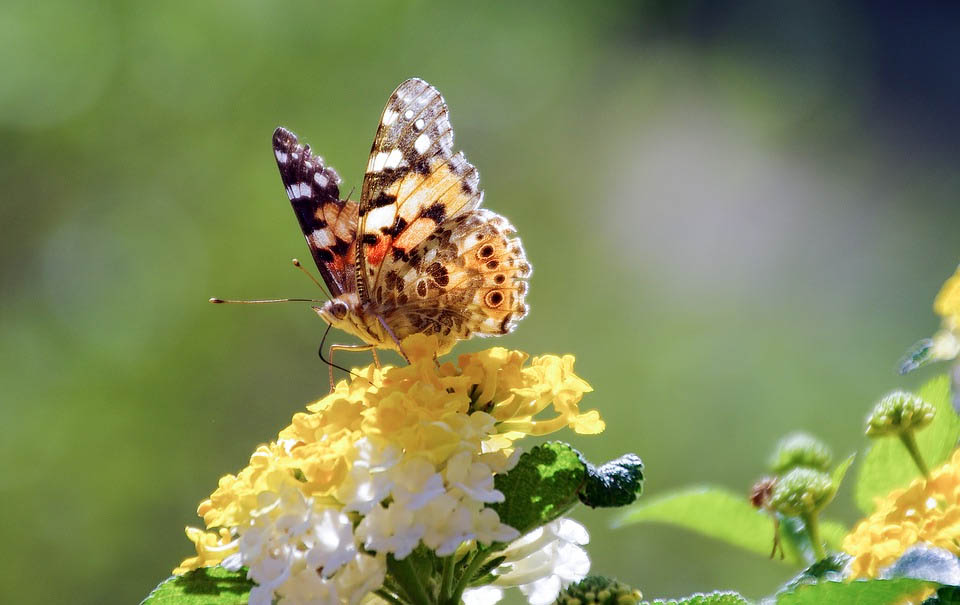
How to Use Lantata Plants?
Despite the plant’s reputation for being poisonous in some cases, there still are plenty of people who consume parts of the plant or use it for various other purposes. Here are some of the ways in which lantanas are used for more than just pretty garden plants.
- Wood: Tribal cultures in India use the wood stems of the plant to make furniture that resists rain, sun, and termites. For them it is readily available and much less costly than bamboo.
- Extracts: Distilled extracts made from the plant may be an effective insecticide for other plant species such as cabbage. There is a particular type of aphid that can be terminated using the extract.
- Oil from leaves: Commonly called “verbena” when used as a scent ingredient, the oil from lantana leaves is lightly citrusy and quite strong. Candles, body lotions, and room fresheners may include fragrance oil for lantana.
- Medicinal: By far the most popular and varied use the lantana plant aside from landscaping is its touted medicinal use. The oil may be used to treat skin rashes and sooth cuts, abrasions and stings. Some people allow the leaves to steep in a water bath, and soaking feet or elbows in the water may help alleviate the pain of rheumatism. Brewing the leaves into a tea is a traditional treatment across the globe to help with cold symptoms, headaches, fever, and indigestion. Other people inhale the steam from the hot tea to address respiratory ailments. Even the roots of the plant may be pressed into service. After they are dried, they are brewed and consumed to allegedly treat flu symptoms and cough.
- Repellant: The highly fragranced leaves often are dried and burned. The smoke is said to repel mosquitos and other pesky insects.
- Culinary: As mentioned above, it is not unheard of for people to harvest ripe berries from lantana species and use them in cooking. In Ecuador, residents make them into jams, pies, and beverages regularly. Still, the debate about their toxicity continues.
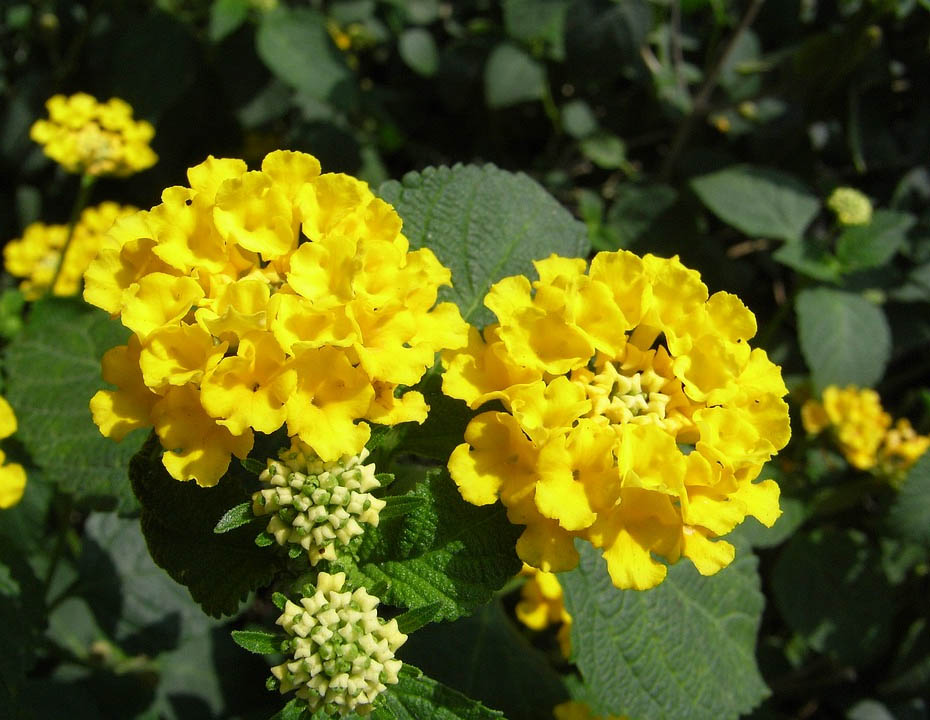
Final Thoughts
Clearly, the lantana genus contains a huge variety of species, preferences, and uses. In some countries, it is considered at best a weed and at worst an invasive species. But there are still more regions in which lantana is embraces as a beautiful and prolific blooming landscaping plant that no garden is complete without.
Gardeners enjoy lantana for its relative ease of growth and wide variety of blooming colors. Those who want to attract butterflies and hummingbirds to their garden spaces may plant lantanas throughout the landscape. The discussion about the toxicity of its leaves and young berries as they pertain to wild animals, pets, and humans continue to be debated, but in the ripe berries seem to relatively safe for consumption.
Truly the lantana is useful plant to have in your gardening repertoire, so don’t hesitate to consider it for your landscape, container or planting box. Bring a bit of cheerful color and butterfly beauty to your home.

by Herb Exchange | Jul 17, 2018 | Basics, Herbs |
Spring is such a frenzied time for a gardener, and so many of us, tired of the dreary winter, tend to jump the gun and live to regret it. Yes, even veteran gardeners give into emotion when we see all of those bright annuals luring us into the garden center in March. What we don’t see, however, is their weary staff trying to hustle carts back into the greenhouses in the evening after a snap frost has been forecasted. Or, planting early when the soil is still cold, being frustrated by no growth. Do you expect your cake to bake when the oven is off?
Ah, Spring ~ the fickle season. Bringing us out on a lovely day then slapping us back inside with an unexpected snowstorm. “Cover the “ – you can fill in the blank! And on the other side of spring, another lovely day followed by a scorcher – “Water the “ and fill in the blank! (more…)

by Herb Exchange | Jul 12, 2018 | Guest Authors, Herbs |
If you’re familiar with permaculture principles, you might also be familiar with herb spirals. Herb spirals are essentially highly productive and efficient garden beds and are often considered the crown jewel of any sustainable yard.
Herb spirals are water-efficient, space-efficient, productive, and nice to look at. Spiral patterns are often found in nature, from pea tendrils and fiddleheads to snails and mollusk shells. So why not incorporate a spiral into your garden design? Let’s take a look at the inner workings and many advantages of herb spirals:
How Does an Herb Spiral Work?
Permaculture is all about developing spaces in a way that makes sense and works with the systems of nature that are already in place. Herb spirals follow these principles as well. They’re a great starting point if you’re interested into delving further into the world of permaculture.
(more…)





